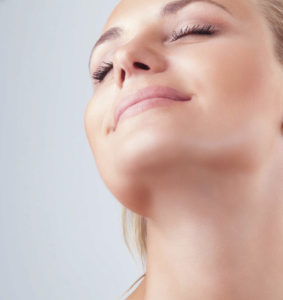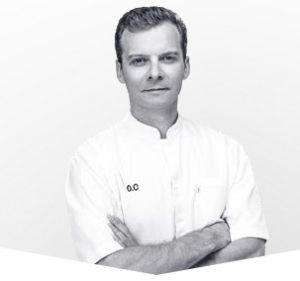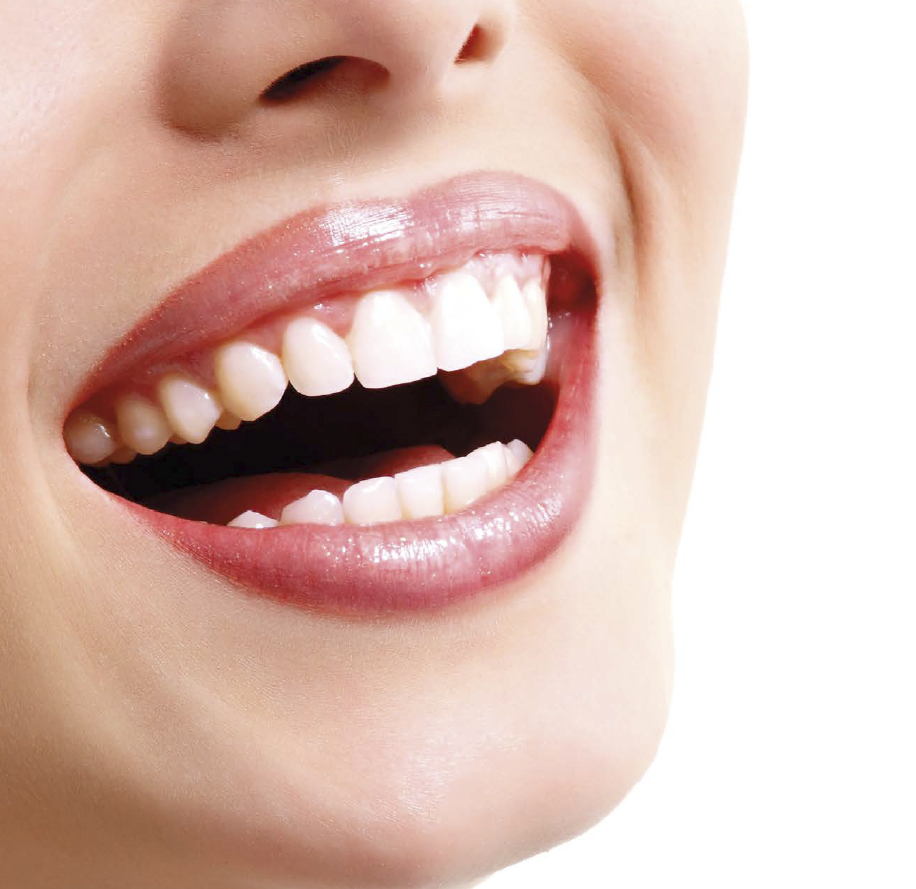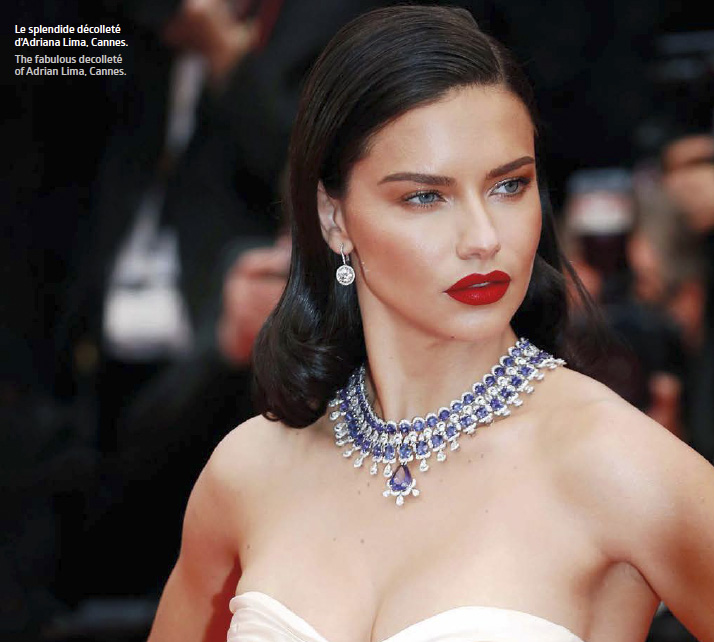Dr Olivier Claude
An attractive oval is a sign of beauty and youth that is often one of our patients’ primary requests. A personalised aging analysis enables us to offer the best treatment plan to correct this key area.
There are, broadly speaking, eight main face shapes: round, square, rectangular, hexagonal, heart-shaped, triangular, long and oval. Since ancient times, an oval face has been considered the most attractive: it is the shape we find in Praxiteles’ sculptures, in Botticelli’s renaissance paintings of Simonetta Cattaneo, and many more. Translated into modern times, it is the face shape of some of the world’s most glamorous actresses. Make-up contouring techniques, which are enjoying a surge in popularity, most often aim to create the illusion of a more oval-shaped face. It is interesting to note that, if we superpose the different face shapes, we get an oval.
It corresponds to a balanced and harmonious face. The jawline of an oval-shaped face is smooth and delicately rounded. Its contours are slightly elongated with a well-defined chin and a clean mandibular angle. The face’s centre of gravity lies in the upper part of the middle third of the face, i.e. in the upper, lateral part of the cheeks. Finally, the temporal region should, ideally, be a bit wider than the lower third of the face, though not excessively so.
Restoring the face’s deep support structure
 The first stage of treatment is to restore the face’s deep sup-port structure. As we age, we lose bone and deep fat, particularly in the middle third of the face, in the area around the eyes. This loss of support also concerns the chin and the angle of the jaw. Deep hyaluronic acid injections allow us to restore these “load-bearing walls”. The face thus recovers its lost contours.
The first stage of treatment is to restore the face’s deep sup-port structure. As we age, we lose bone and deep fat, particularly in the middle third of the face, in the area around the eyes. This loss of support also concerns the chin and the angle of the jaw. Deep hyaluronic acid injections allow us to restore these “load-bearing walls”. The face thus recovers its lost contours.
After this stage, patients often feel like “themselves” again. The natural movement of the muscles is respected, as the hyaluronic acid deposits are placed underneath the elevator muscles, which enables them to recover their lever arm (positive muscle modulation). After this stage, there may still be a bit of residual sagging. We now need to use a different tool, because otherwise we risk making the face look “filled” with an excess of injections. Each tool should be used to a minimum in order to maximise the results, while maintaining a natural-looking appearance. If the sagging is moderate, it is a good idea to use some tensor threads. If the sagging is more significant and the patient is prepared to have surgery, a face lift is the best option.
The “ideal patient” is aged between 35 and 50
For tensor threads, the “ideal patient” is usually aged between 35 and 50. In general, they are patients (20% of whom are men) that present slight sagging in the oval. A session of resorbable threads can usually achieve satisfactory results for around 18 months. Older patients tend to be candidates for surgery. But those who want to put off having a surgical face lift by at least a year can benefit from some resorbable threads. However, in this case, a second session is usually required after 10 to 18 months or so. The gradual resorption of the first threads leaves behind internal scars which partially restore the skin structure that has been lost over the years. The fibroblasts synthesise collagen, which improves the skin quality, parti-cularly its firmness. The results achieved with the second set of threads is more noticeable and longer-lasting. This step may focus on the jowls and marionette lines.
The neck is also an important target for this second session, with the aim of achieving a more defined neck/chin angle. Non-resorbable or permanent threads may be an option for some patients who have already had resorbable threads fitted and want a more stable, longer-lasting result.
Unlike non-resorbable injectables, which should no longer be used because they infiltrate the tissues, these permanent threads can be taken out in the future if necessary, if the patient goes on to have aesthetic or reparative surgery.
 Dr Olivier Claude: Plastic and Aesthetic Surgeon – Paris. Qualified in Plastic, Reconstructive and Aesthetic Surgery. D.E.S.C. medical specialisation diploma in Plastic and Aesthetic Surgery. Graduated from the French College of Plastic Reconstructive and Aesthetic Surgery.
Dr Olivier Claude: Plastic and Aesthetic Surgeon – Paris. Qualified in Plastic, Reconstructive and Aesthetic Surgery. D.E.S.C. medical specialisation diploma in Plastic and Aesthetic Surgery. Graduated from the French College of Plastic Reconstructive and Aesthetic Surgery.












